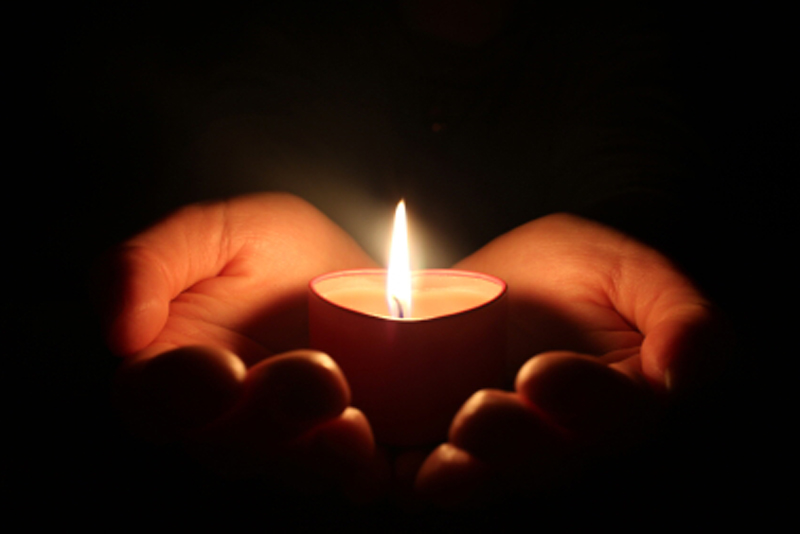Keyboard Instruments for playing Bach

Johanne Sebastian Bach was active in composition during the 18th century and during this time he specialised in two different genres of keyboard music. One was his organ music, the best known of which includes the six Schubler Chorales. The other was his music for keyboard.
There were in Bach's day a number of different keyboard instruments. One of course was the organ, which was usually only available in churches, just as it is today. Other instruments which could more commonly be found in homes included the spinet, the clavicord and the harpsichord. In the early part of the 19th century the fortepiano (as opposed to the pianoforte of today) was in its very early stages of development from the Cristofori workshop. Bach is known to have heard one in about 1736 and not to have cared for the sound, but later in the 1750s he is known to have approved of the instrument. Until about the 1760s when Zumpe's cheaper and more portable fortepianos became available, the fortepiano was only to have been found in royal houses with a known interest in music, such as that of Portugal where the composer Domenico Scarlatti wrote his keyboard sonatas for one of the princesses.
As for the quieter and smaller clavicord, this would have been common. Mozart is known to have taken one on his travels for practise and composition during journeys. Spinets and harpsichords would also have been relatively widely available.
It is for this reason that Bach's keyboard music is just that and is not marked for any specific instrument. We do not know whether he would have approved his music being played on a piano and certainly most "authentic" performances of Bach's keyboard works today are on the harpsichord. Even the continuo part in a Bach period orchestra is almost always taken by the harpsichord. However to my mind performances on the piano are equally valid provided care is taken with the edition used. The Henle Verlag edition of Bach's 48 preludes and fugues is an excellent one to start with if you wish to learn his music on the piano as it is as near to urtext as you can get.
Bach's music is wonderful for students as there is such a lot to learn from one of his pieces in terms of interpretation and technique. There is no such thing as an easy Bach piece, all require diligence and practice. However, today most students wishing to learn his works will only have access to a piano and it would be a pity indeed to deny them the opportunity of such study simply because they don't have harpsichords on which to play the music.
There are a number of good interpretations of Bach's music available today but by far my favourite is Wanda Landowska's performance of the 48 preludes and fugues, plus her recording of the Italian Concerto and of some of the Little Preludes and two and three part inventions. She was playing in the 1940s onwards and some of her interpretation would be considered odd today - her use of ritardando and accellerando for example would be questioned and she was using a strange edition of the music with the occasional rhythm and note not quite right - but the musicality of her playing cannot be questioned, nor her wonderful technique. Not everyone likes the growly harpsichord she plays but I think it has beautiful clear tone though I do question her use of different "stops" to change the sound style from piece to piece.
For the French and English Suites you can't go wrong with Andras Schiff. His playing is wonderfully fresh and light and again he is technically superb. If you can get hold of the recording of him playing the Two and Three Part Inventions, you should grab it.
In other words, there is room in the interpretation of Bach's music for performances on both modern and authentic instruments, and what is most important is the musicality of the performance. This should remain as true to Bach's music as is possible, given a good musical, preferably Urtext, edition of the scoring and an intelligent, skilled practitioner.

Related Articles
Editor's Picks Articles
Top Ten Articles
Previous Features
Site Map
Content copyright © 2023 by Gillian Buchanan. All rights reserved.
This content was written by Gillian Buchanan. If you wish to use this content in any manner, you need written permission. Contact Gillian Buchanan for details.



